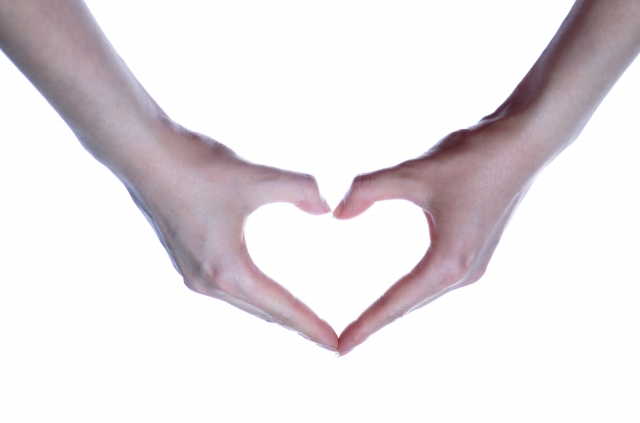<p>The heart is one of the most important organs in the human body. The heart, along with numerous blood vessels, keeps the body healthy and fit. Any breakdown in the heart and circulatory system will result in almost immediate death.<br />
The heart is a muscular organ situated toward the left side of the chest, between the lungs. It is responsible for pumping blood to all parts of the body. The blood that goes out of the heart carries oxygen and nutrients, and the blood that comes back is full of carbon dioxide. The human heart is divided into four chambers. A muscle known as the septum divides the heart lengthwise into two chambers.<br />
These chambers are in turn divided horizontally by valves that can open and close. The chambers on top are called atria, and those at the bottom are called ventricles. Large blood vessels called arteries carry clean blood from the heart, while veins bring unclean blood back to the heart.</p>
<h2>The path of circulation</h2>
<p>Blood containing carbon dioxide is brought to the heart by the superior and inferior vena cava, or “heart veins.” This impure blood enters the right atrium. When the atrium is full, the valve opens and the blood flows down into the right ventricle. From here the blood is sent to the lungs through the pulmonary artery. The lungs breathe out the carbon dioxide that comes with the blood and breathe in the oxygen from the air. The oxygenated blood then re-enters the heart, into the left atrium, through the pulmonary veins. When the atrium is full, the valve connecting it to the left ventricle is opened and the clean blood flows down into it. The blood is then sent out into the body through the aorta, which is the largest artery in the human body. The left ventricle is more muscular than the rest of the heart because<br />
it has to pump with greater force to send the clean blood to all parts of the body. The process of receiving unclean blood, getting it cleaned and finally pumping it back into the body is called a cardiac cycle.</p>
<h3><strong>Transport network</strong></h3>
<p>The circulatory system is a complex network consisting of delicate tubes that carry blood to all parts of the body and back to the heart. This system is made up of the heart, arteries, veins, and capillaries. Arteries and veins, as we know, carry blood to the heart and back.</p>
<h3><strong>The tiny carriers</strong></h3>
<p>Capillaries are fragile blood vessels that are found throughout the body—they connect the arteries and veins. The capillaries are so thin that blood cells travel through them in single file. Oxygen in the blood is passed into the tissues through the thin walls of the capillaries. Similarly, carbon dioxide and other chemical wastes also pass into the capillaries to be taken away.<br />
The blood is taken to the kidneys, where the urea in it is filtered and made into urine. The filtered blood then goes to the small intestine. Here, the nutrients from digested food enter the blood, before it goes to the liver. The liver absorbs the nutrients and converts them for storage. It also reduces the effect of harmful substances, like enzymes, which come from the intestine. The blood is then sent through the inferior vena cava back into the heart.</p>
<h3><strong>Supplying the heart</strong></h3>
<p>The heart is protected by an outer layer called the pericardium, which lubricates it and holds it firmly in place. Just like every other muscle in the body, the heart needs a constant supply of oxygen and nutrients. Waste products made by the heart muscle also have to be removed. The heart has its own special blood vessels carrying oxygen to it and carrying away its waste. These are called the coronary arteries and veins. They form a network around the outside of the heart, so that blood can reach every part of it.</p>
<h3><strong>Heart attacks: All you need to know</strong></h3>
<p>A heart attack is most often caused by a blockage in the coronary blood vessels, preventing blood from reaching part of the heart muscle. Without fresh blood, this part of the heart dies. This affects the whole heart and stops it from beating properly. The first sign of a heart attack is often a severe chest pain. The patient´s left hand and arm often tingle too, and they may find it hard to breathe.The sooner the patient receives treatment, the better their chances of making a full recovery for any cardiovascular disease.</p>
<h5>Featured images:</h5>
<p><span class="license">Image credit MyBlogGuest.com</span><br />
Dennis is professional writer that loves to write about diet, health and fitness.</p>

Understand Your Heart And Circulation
